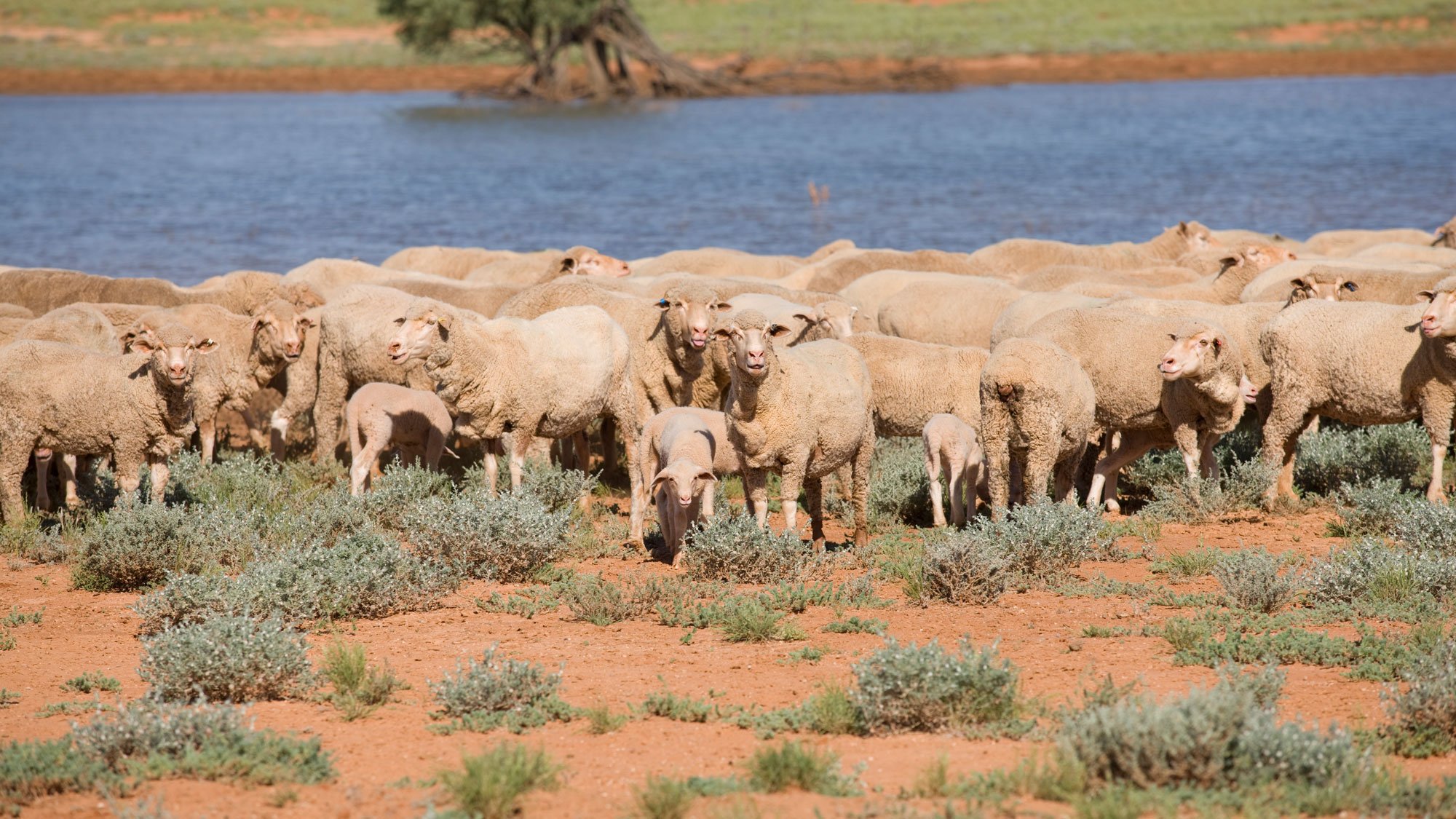Tool 12.9 Estimate feed on offer (FOO)
Tool 12.9 Estimate feed on offer (FOO)
Estimating feed on offer (FOO) is one technique for determining stocking rate. It is important that FOO is estimated at key times of the season, namely the start and end of the main growing season.
FOO estimates should also be made at times of the year when there is a chance to reduce or increase stock numbers as part of routine management (such as shearing, crutching or pregnancy scanning) based on the assessment of feed availability.
Effective rainfall can sometimes fall outside the normal growing season. The effectiveness of the rain will depend on the amount of rain, the temperature when the rain falls and the type of vegetation that is present where the rain fell – perennials are more likely to respond to small and infrequent rainfall events.
When undertaking FOO estimates, the following points should be considered:
- The grazing radius of stock – sheep prefer not to graze much beyond 3 km from water in the summer. Cattle will not graze beyond 5 km in the summer. Salty water or salty feed will reduce the grazing radius. In good seasons when surface water is present, the grazing radius will expand.
- Estimates should incorporate different land systems or significant changes in feed types or quantities.
- Sites where FOO is estimated can be documented using GPS coordinates and site photographs. This information can be incorporated into a paddock book of historic FOO estimates.
- The palatability and quality (digestibility) of the feed that is available – if the palatability of a large proportion of the pasture is low, this should be considered when undertaking the visual estimate. However, keep in mind that only a proportion of the FOO will be utilised.
Use Tool 12.10 Taking plant cuts and quadrat cuts, Tool 12.11 Photo standards, Tool 12.12 Establishing and monitoring trigger points, Tool 12.13 Assessing total grazing pressure (TGP) and Tool 12.14 Calculate DSEs for your property to refine your skills in this area.






